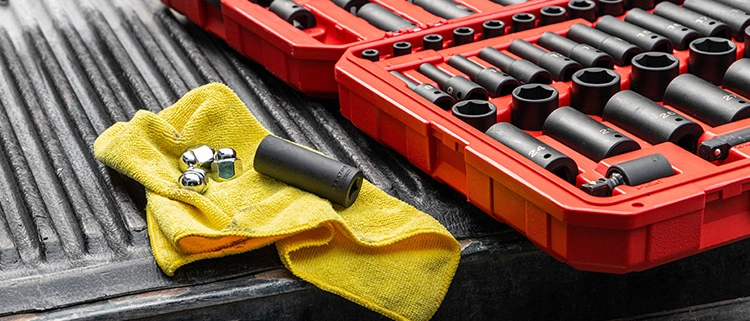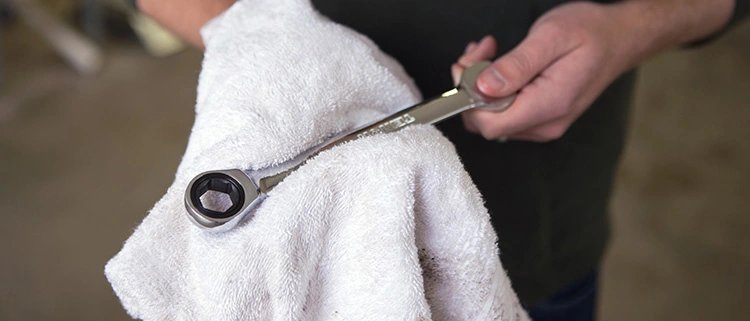Aaron: +86-18129983931
Max: +86-18922922459

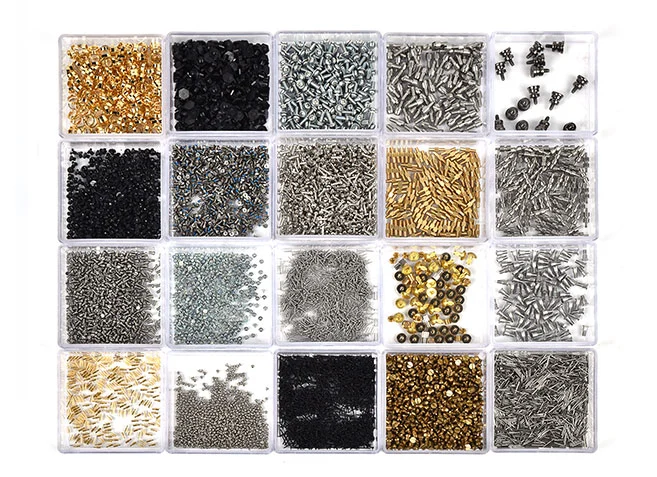 Micro Screws
Micro Screws
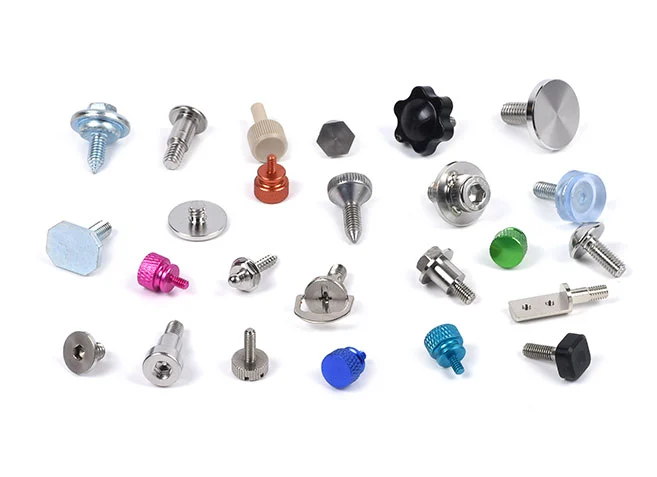 Big Head Screws
Big Head Screws
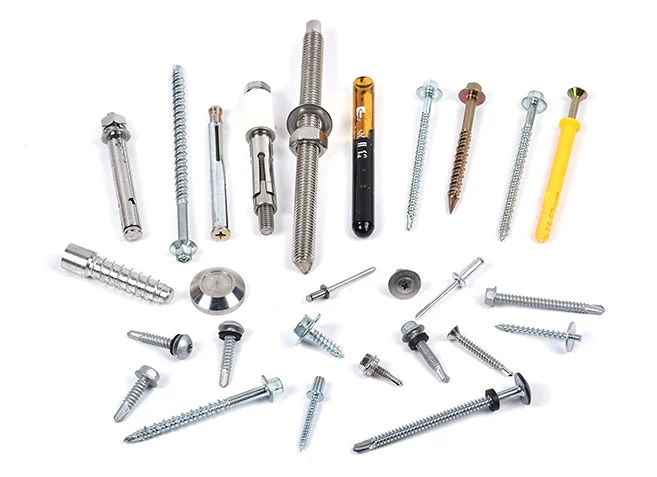 Construction Screws
Construction Screws
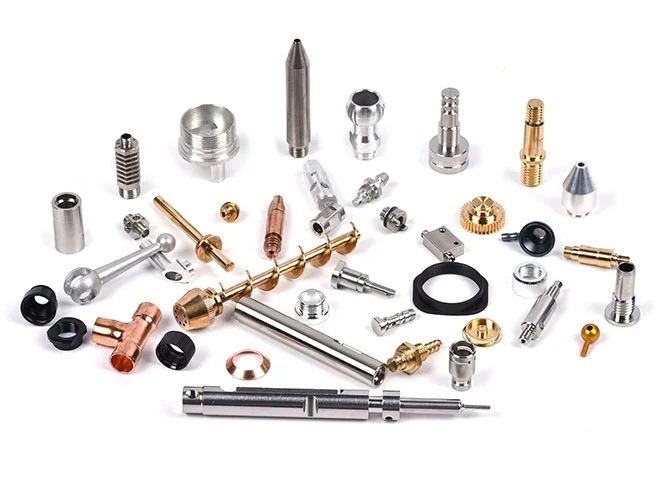 CNC Lathe Machining Parts
CNC Lathe Machining Parts
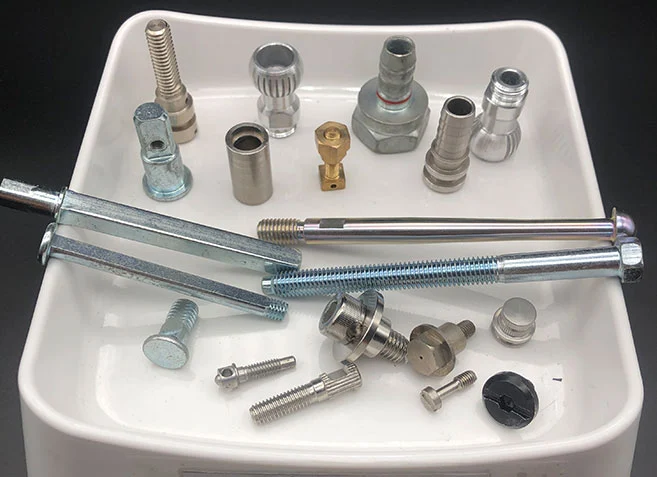 Cold Forged and Undergo Secondary Processing Products
Cold Forged and Undergo Secondary Processing Products
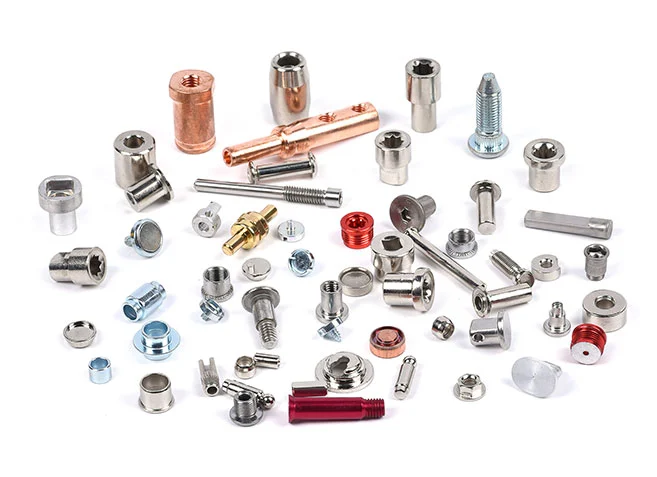 Multi Station Cold Heading Screws
Multi Station Cold Heading Screws
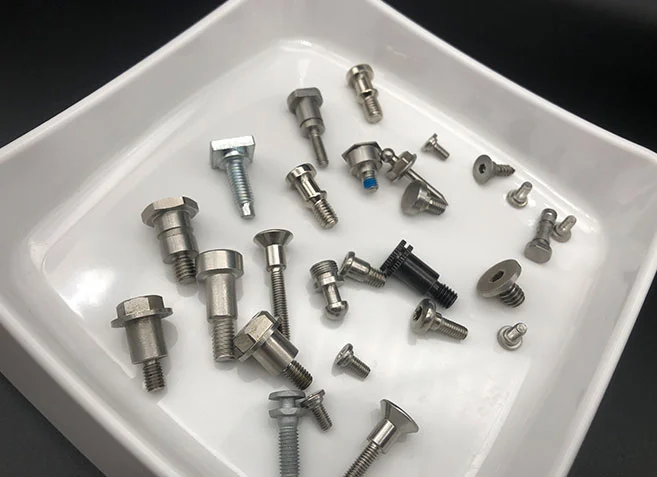 Step Screw
Step Screw
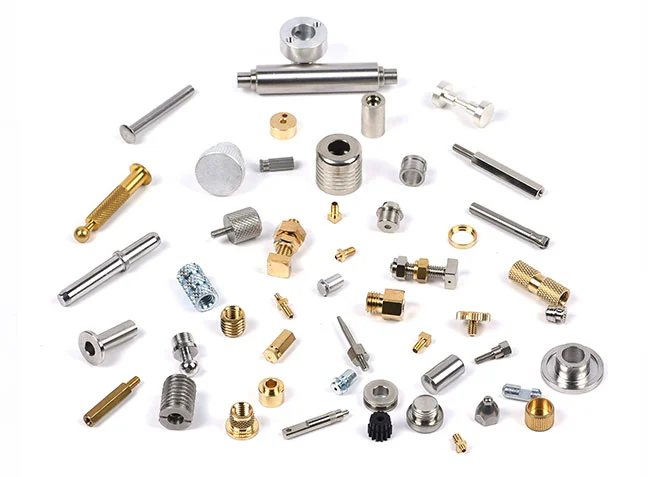 Automatic Lathe Machining Parts
Automatic Lathe Machining Parts
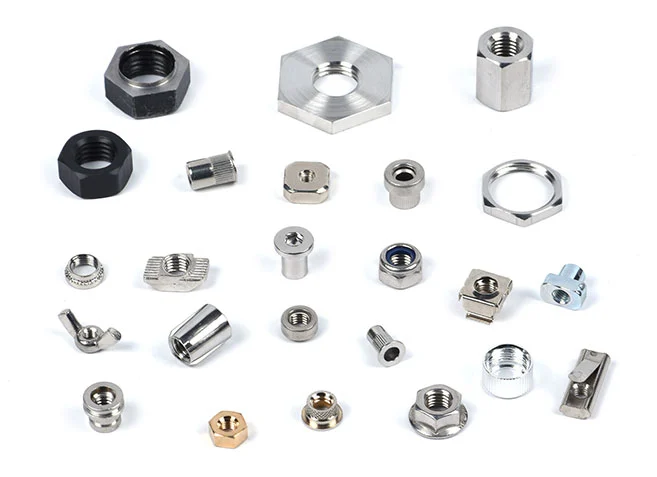 High Difficulty Challenge Cold Heading Fasteners
High Difficulty Challenge Cold Heading Fasteners
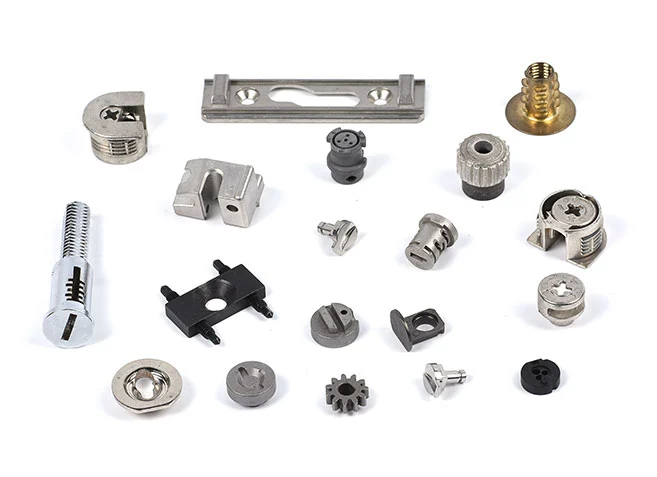 New Tech Fasteners
New Tech Fasteners
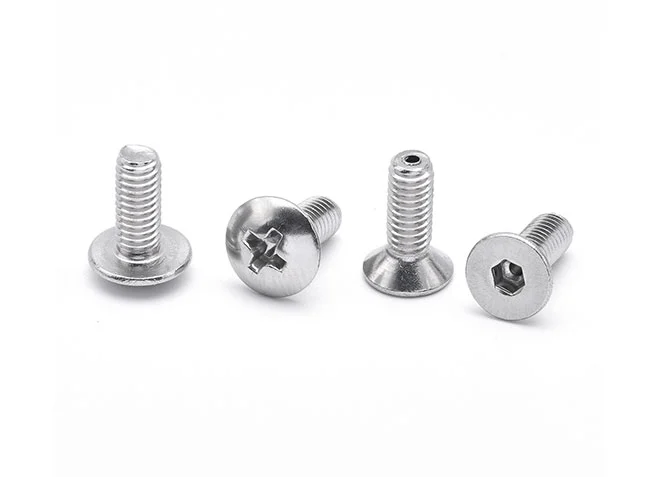 Machine Screws
Machine Screws
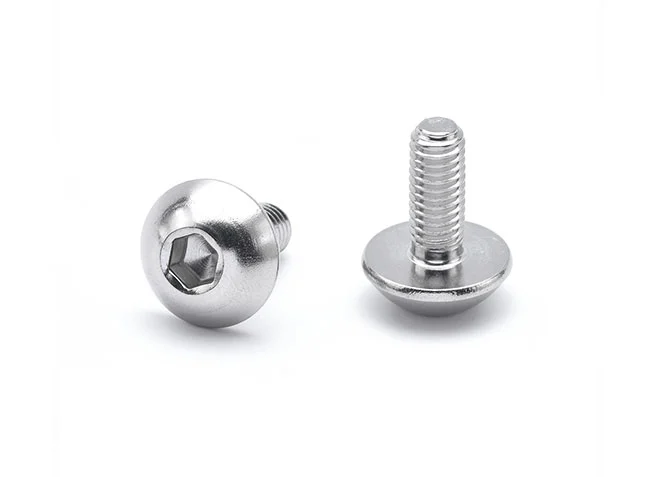 Socket Cap Screws
Socket Cap Screws
 Hexagon Socket Set Screws
Hexagon Socket Set Screws
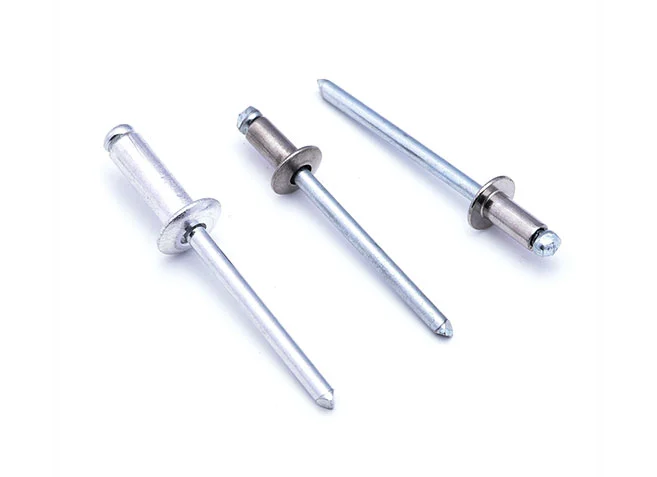 Pull Out Rivet
Pull Out Rivet
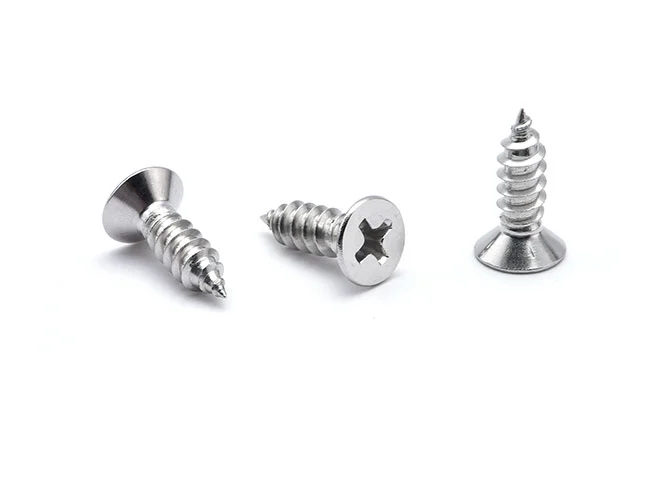 Self Tapping Screws
Self Tapping Screws
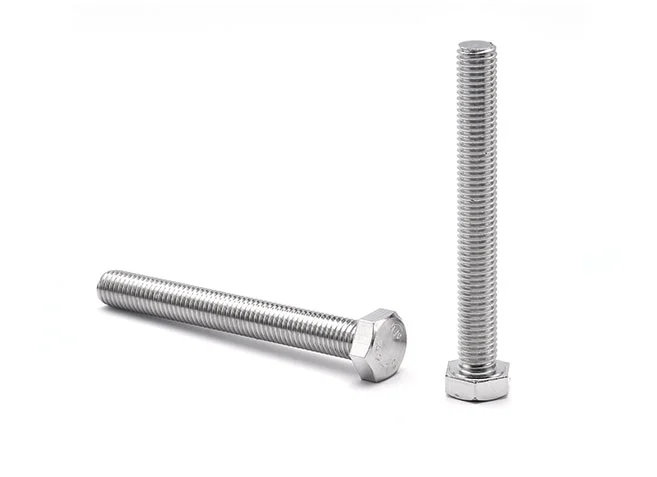 Hex Bolts
Hex Bolts
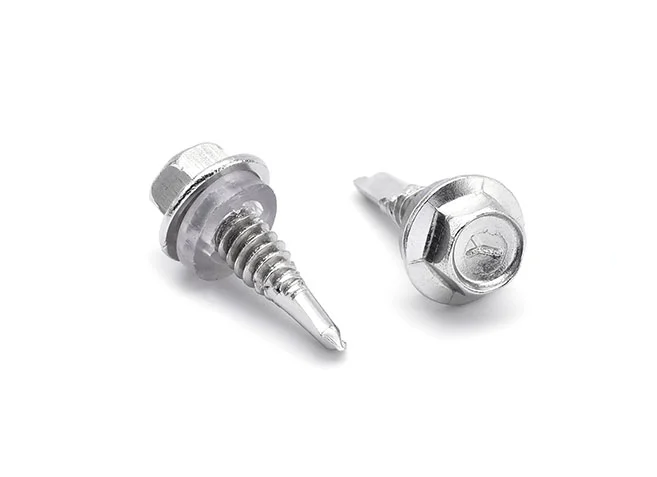 Self Drilling Screws
Self Drilling Screws
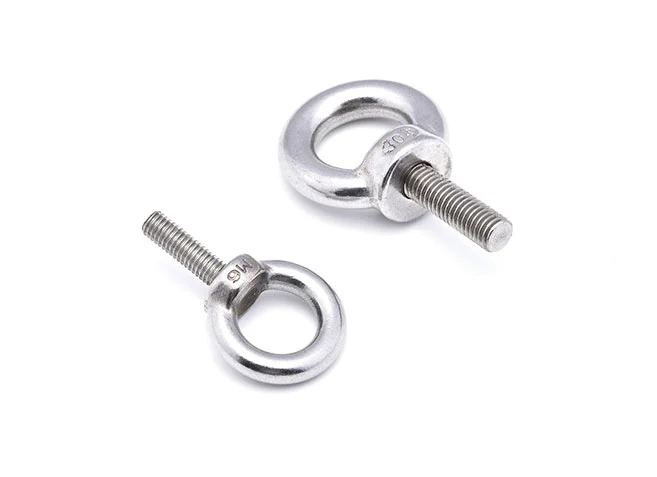 Eye Bolts
Eye Bolts
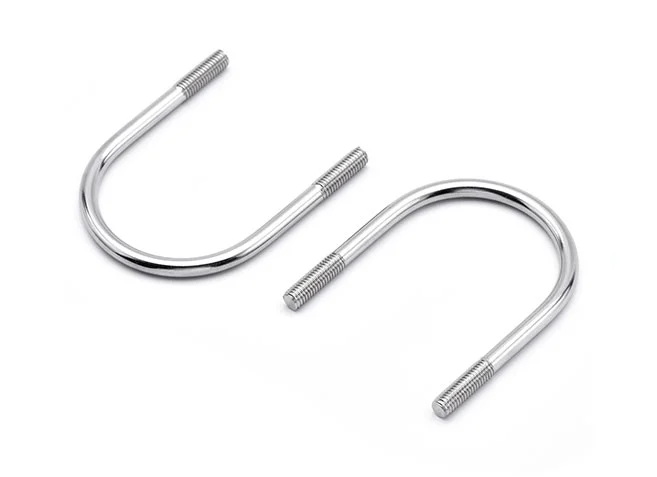 U-bolts
U-bolts
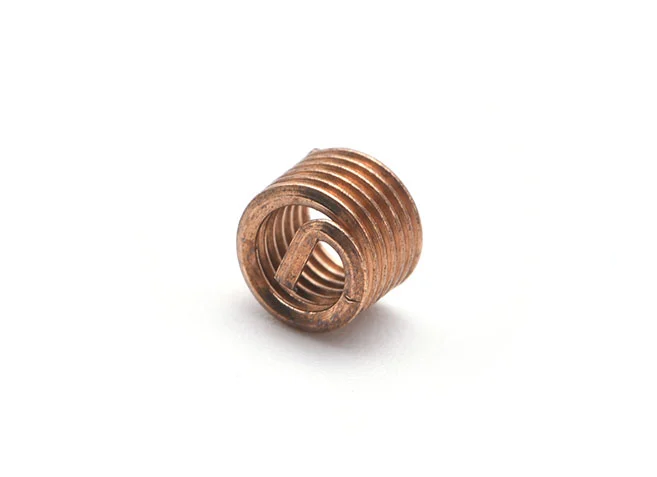 Threaded Sheath
Threaded Sheath
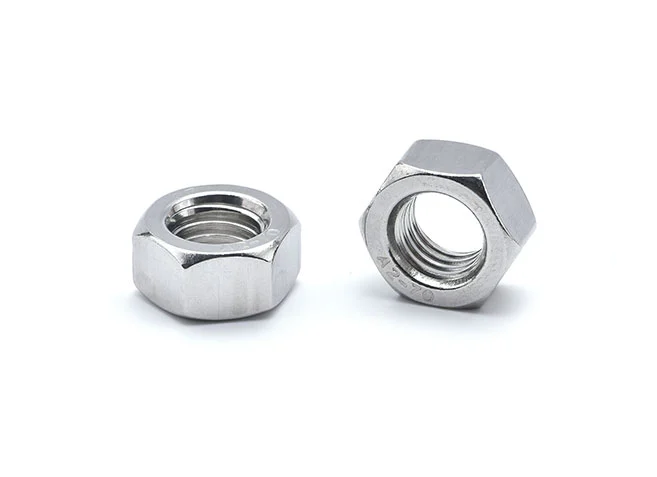 Hex Nut
Hex Nut
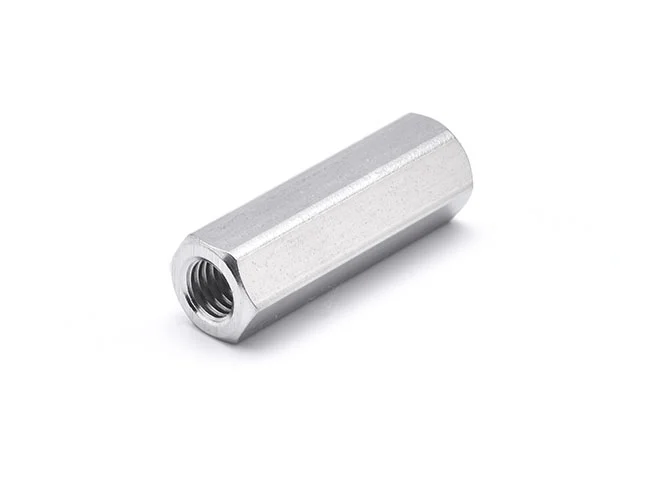 Hex Long Nut
Hex Long Nut
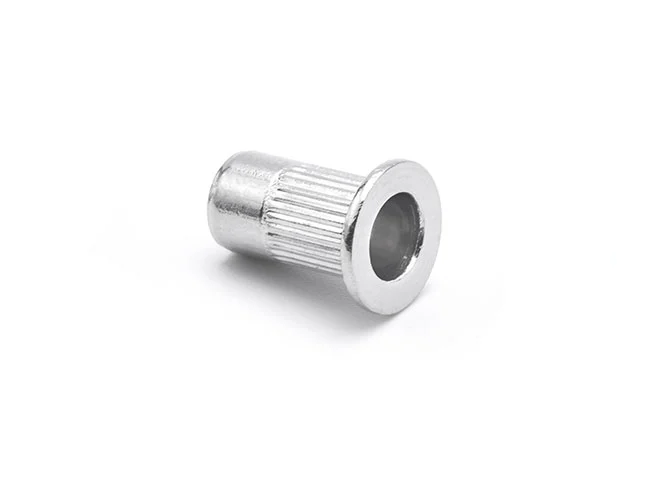 Pull Rivet Nut
Pull Rivet Nut
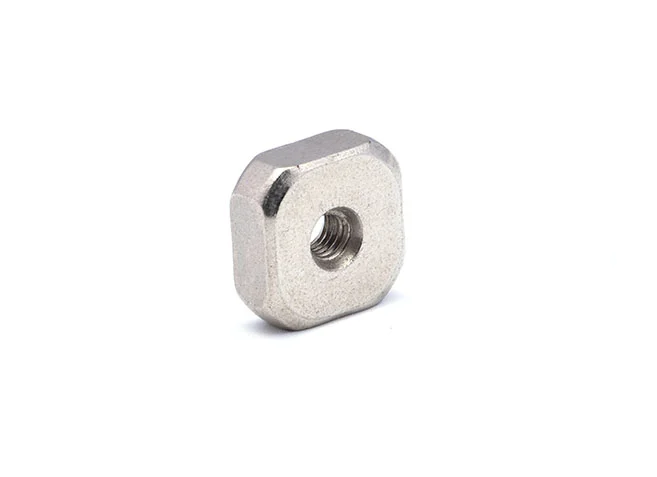 Square Nuts
Square Nuts
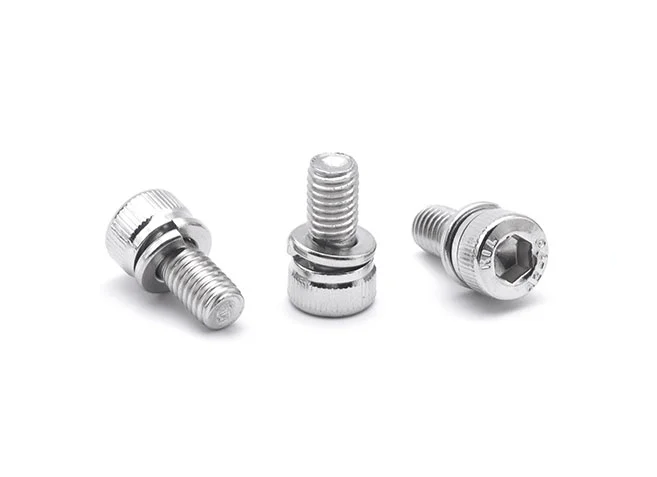 Combination Screws
Combination Screws
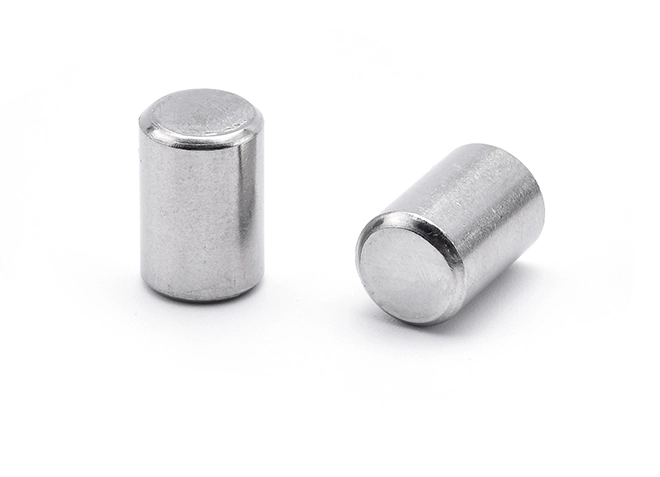 Pin
Pin
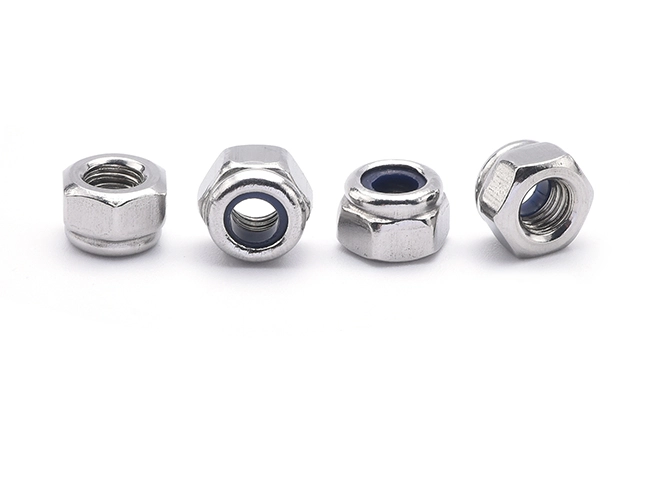 Nylon Locking Nuts
Nylon Locking Nuts
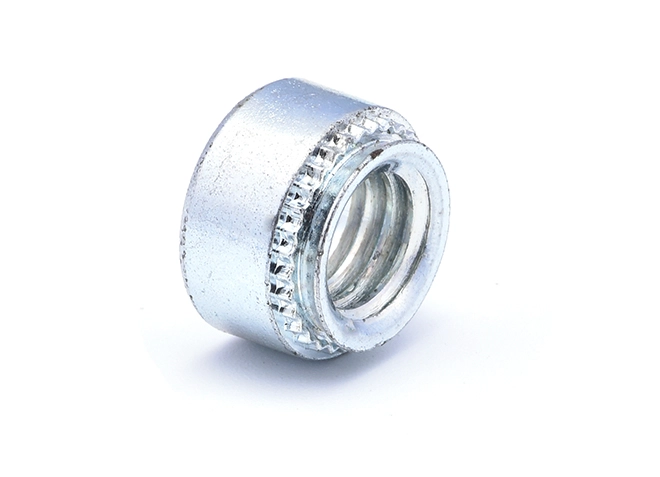 Pressure Rivet Nuts
Pressure Rivet Nuts
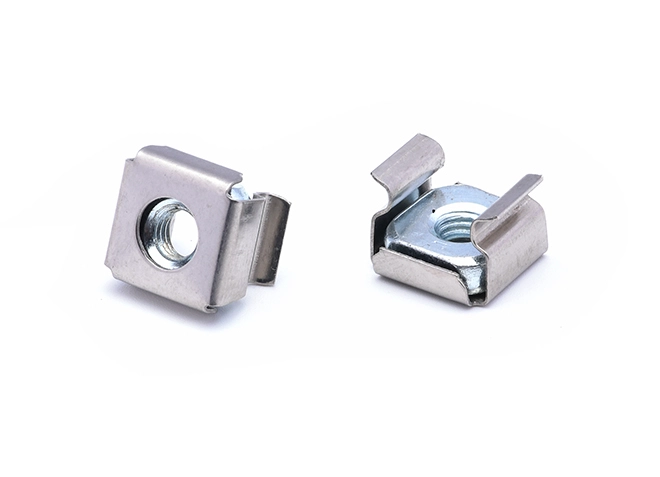 Cage Nut
Cage Nut
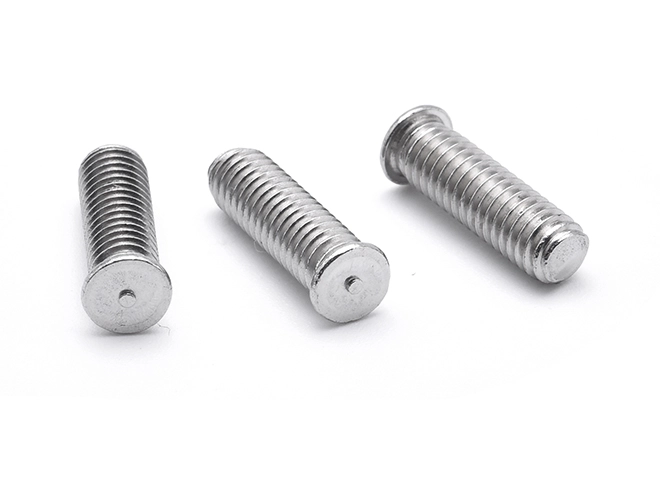 Welding Screws
Welding Screws
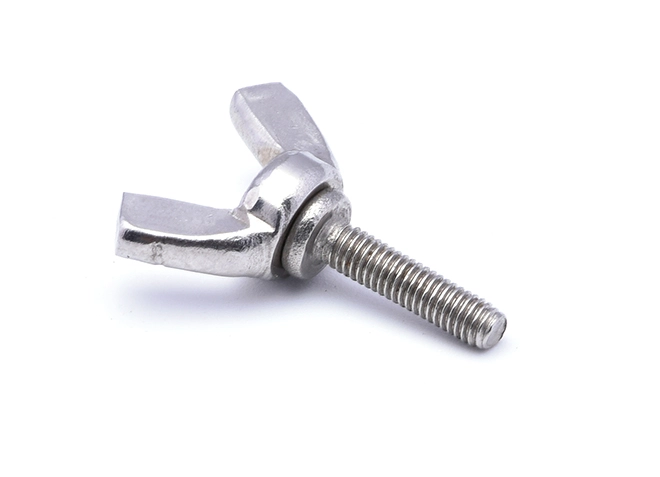 Butterfly Screw
Butterfly Screw
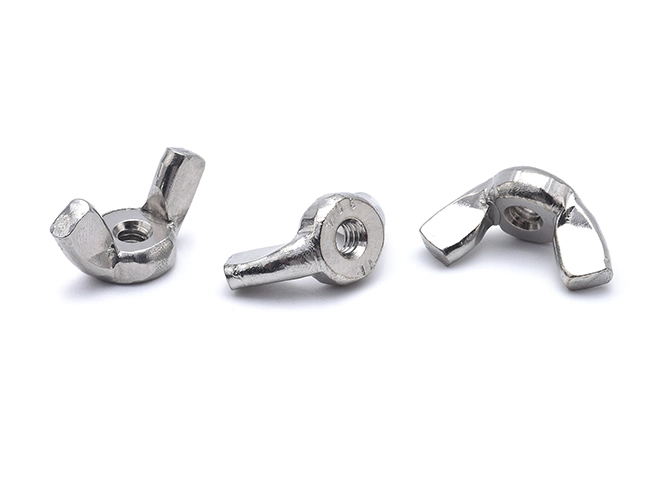 American Standard Butterfly Nut
American Standard Butterfly Nut
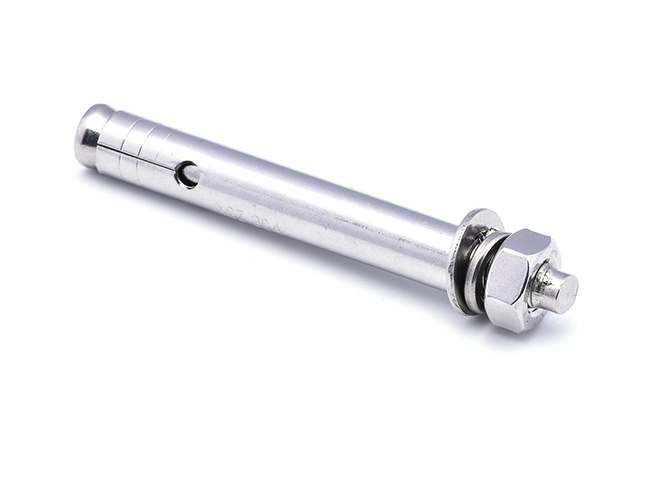 Expansion Screw
Expansion Screw
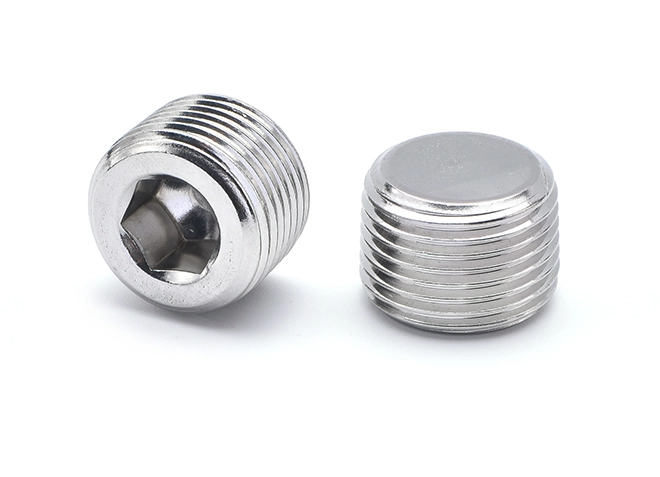 Plug Screw
Plug Screw
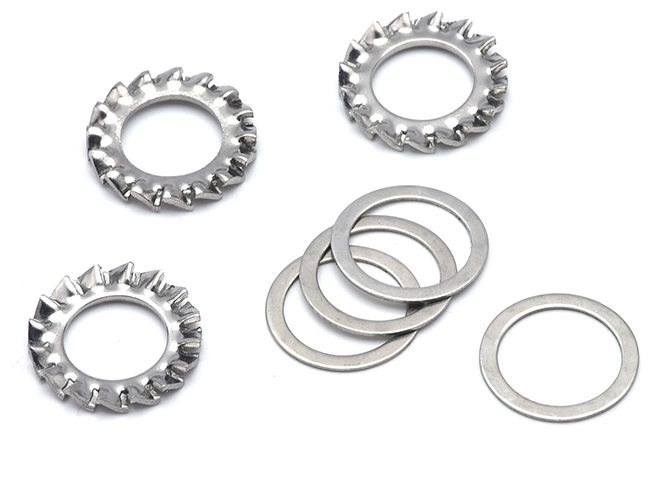 Stainless Steel Washer
Stainless Steel Washer
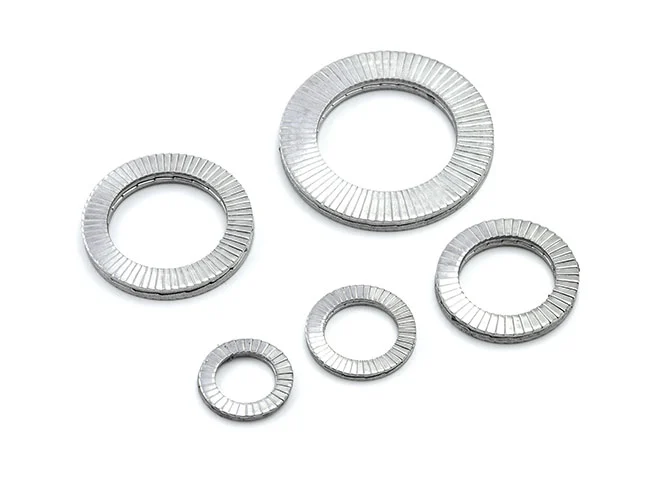 Double Overlap Anti-Loosening Washers
Double Overlap Anti-Loosening Washers
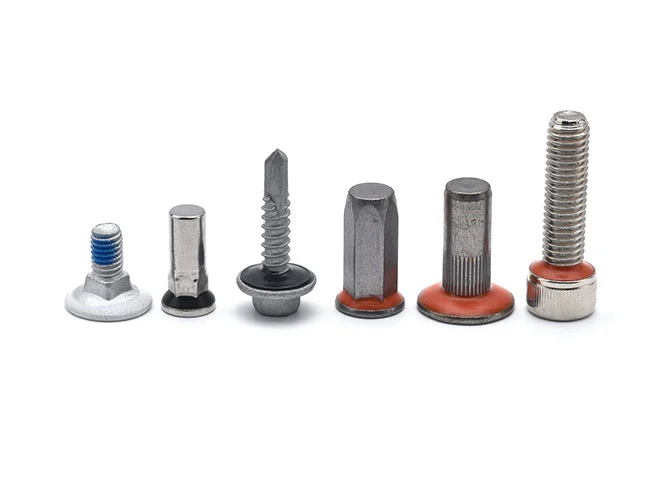 Waterproof and Anti-Drop Screws
Waterproof and Anti-Drop Screws
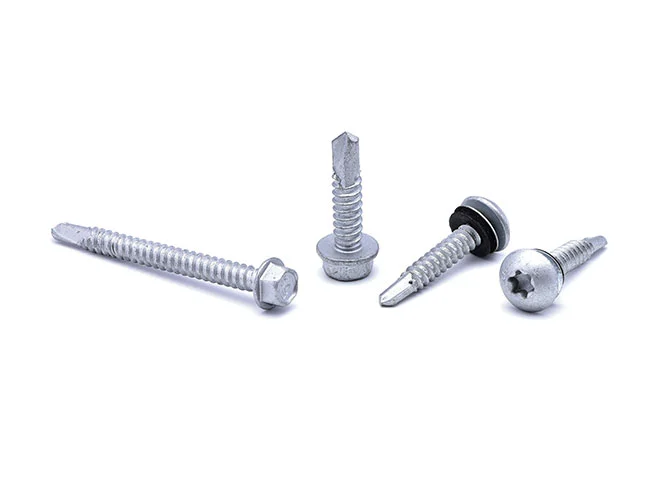 Super Corrosion-Resistant Screws
Super Corrosion-Resistant Screws
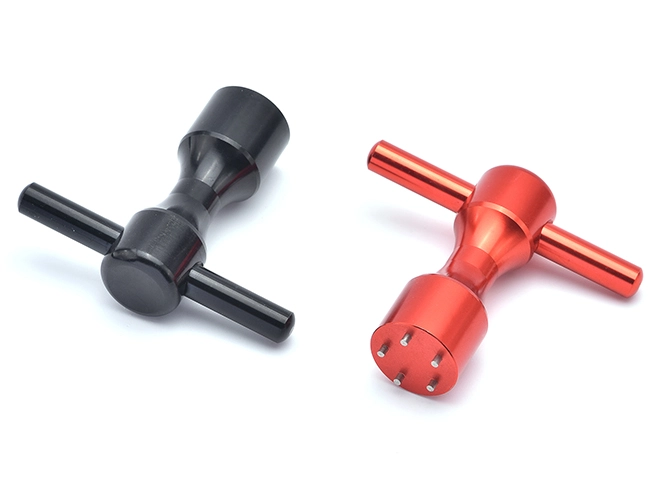 New Type Switchgear
New Type Switchgear
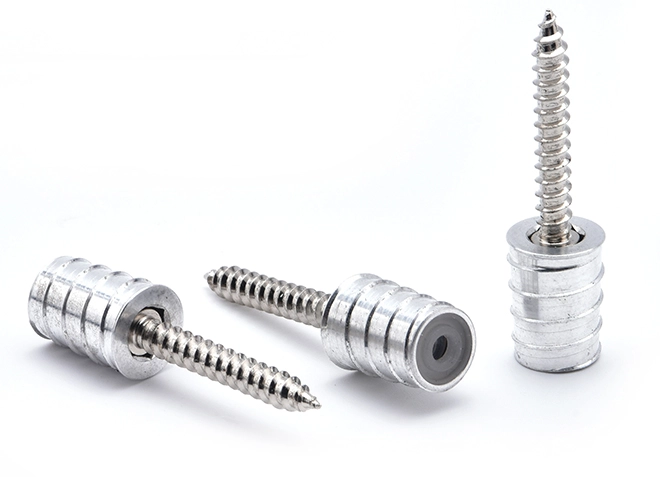 Anti-loose Easy Disassembly Nut Pillar (New Furniture Connector)
Anti-loose Easy Disassembly Nut Pillar (New Furniture Connector)
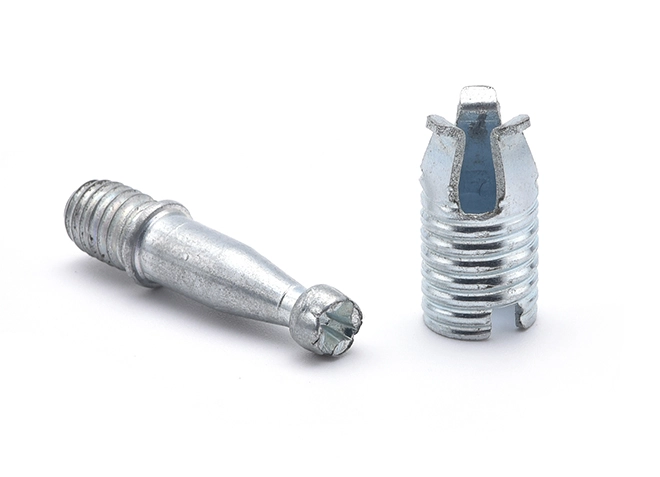 Furniture Simple Assembly and Disassembly Connector
Furniture Simple Assembly and Disassembly Connector
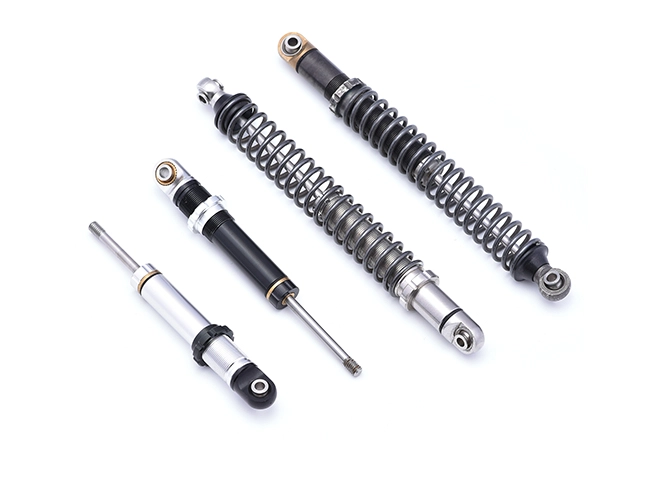 Micro Vibration Absorber
Micro Vibration Absorber
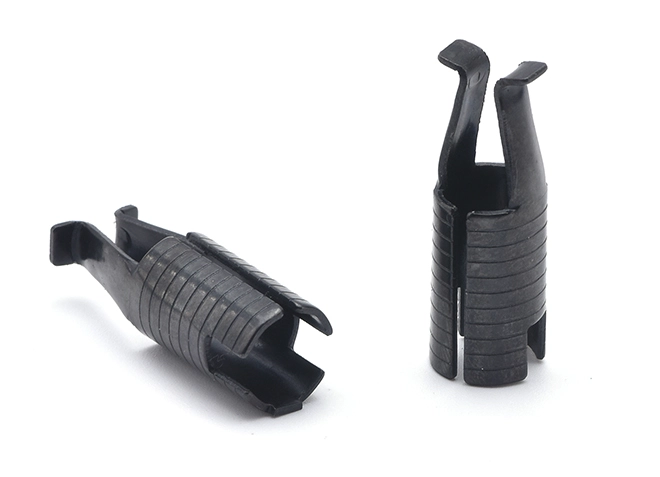 65Mn Material Furniture Connector
65Mn Material Furniture Connector
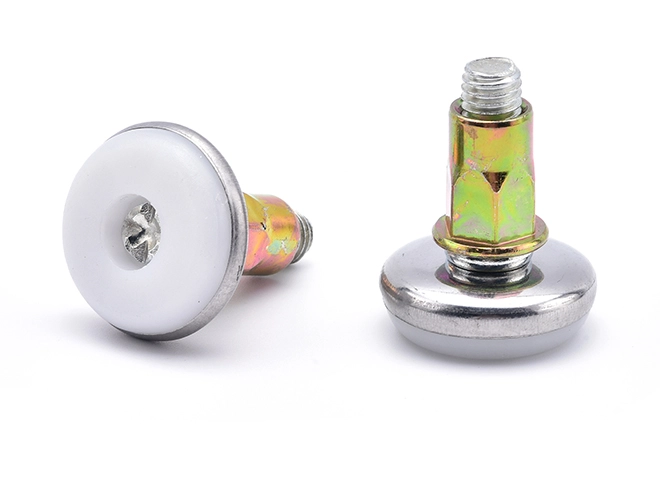 Counter Table Base
Counter Table Base
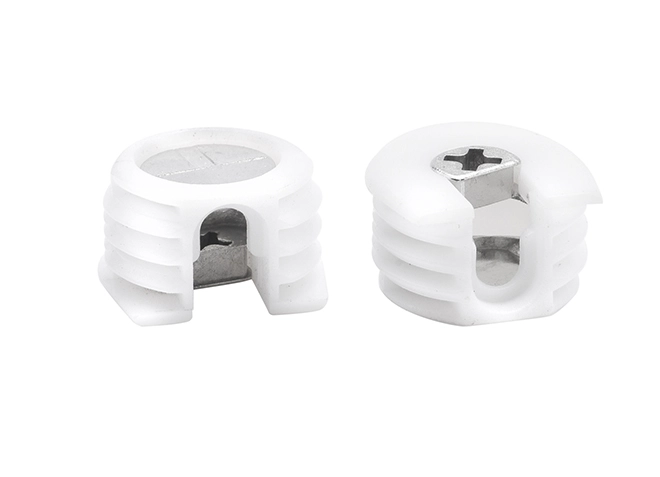 Furniture Connector Nut with Plastic Sleeve
Furniture Connector Nut with Plastic Sleeve
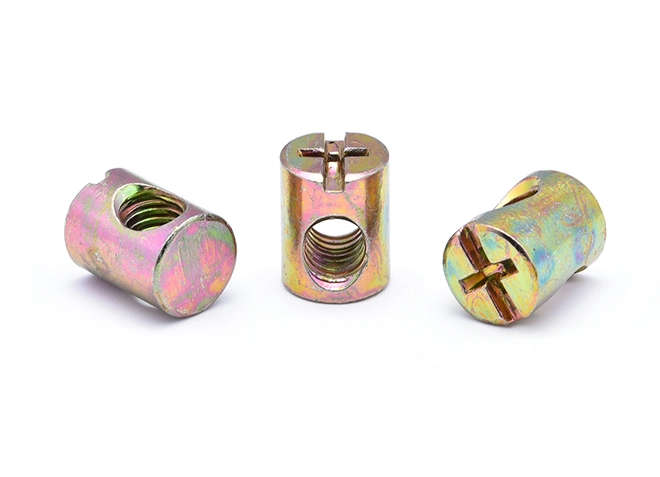 Furniture Horizontal Hole Nut
Furniture Horizontal Hole Nut
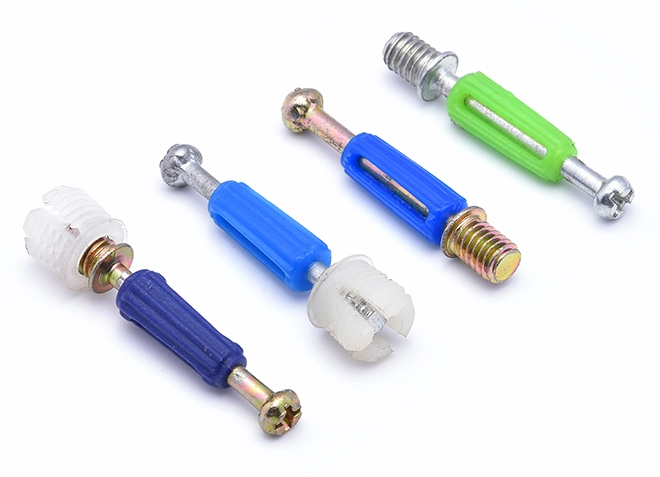 Furniture Connecting Screw
Furniture Connecting Screw
 Furniture Connecting Nut Seat
Furniture Connecting Nut Seat
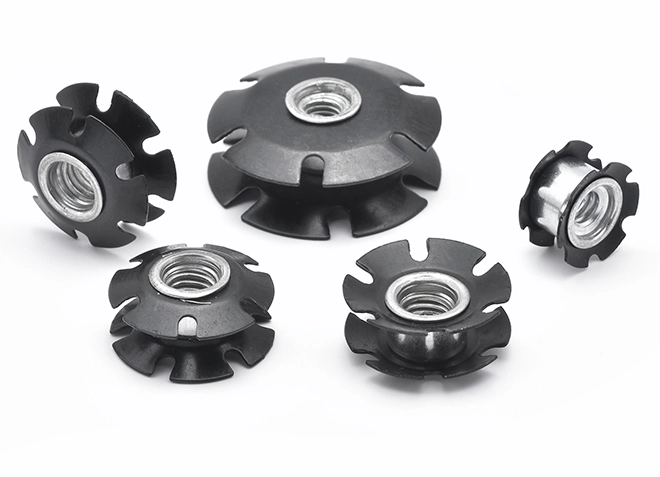 Double Stack Wheels Used On Furniture
Double Stack Wheels Used On Furniture
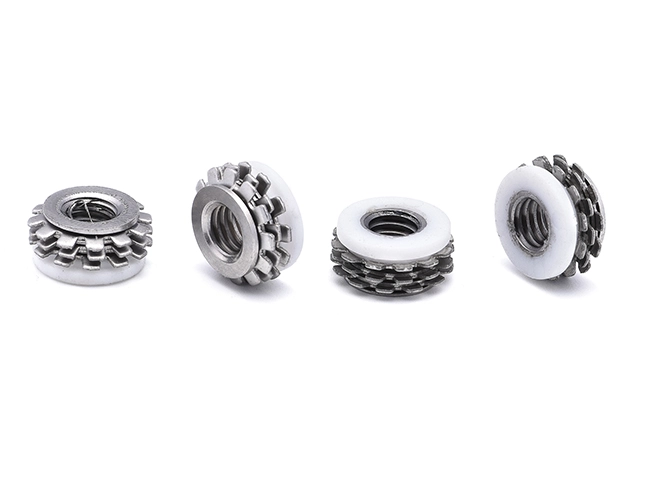 Components Used On Furniture
Components Used On Furniture
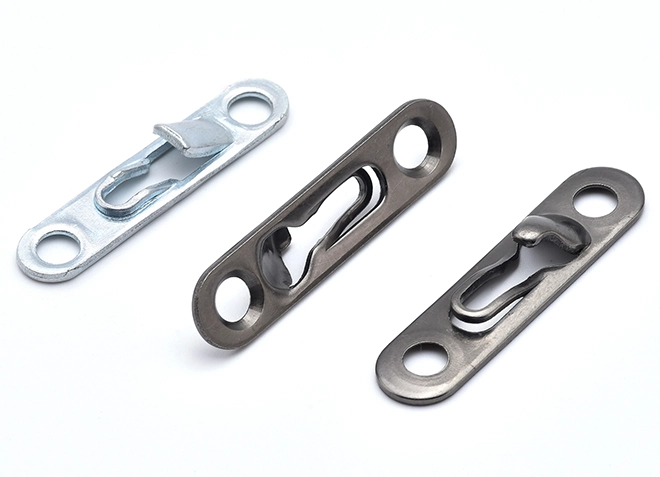 Connection Buckle
Connection Buckle
 Internal Hexagonal Spiral Screw
Internal Hexagonal Spiral Screw
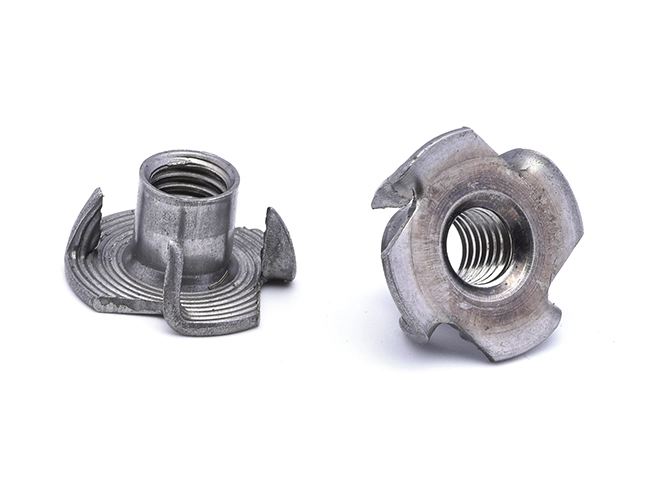 Iron Colored Carbon Steel Four Claw Nut
Iron Colored Carbon Steel Four Claw Nut
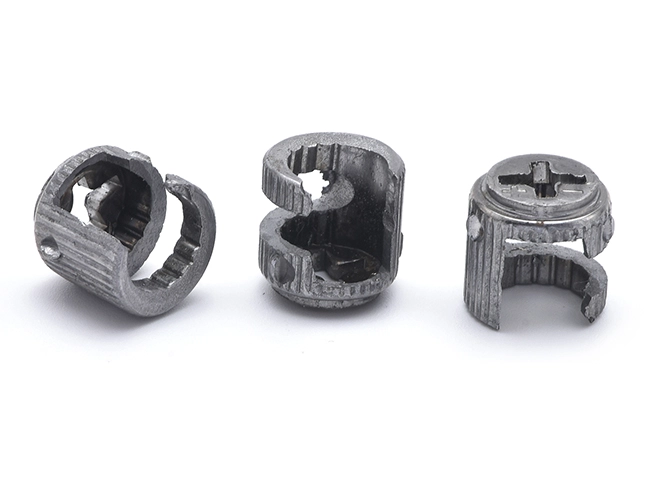 Iron Furniture Three Combination Nut Seat
Iron Furniture Three Combination Nut Seat
 Iron and Zinc Alloy Furniture Three Combination Nut Seat
Iron and Zinc Alloy Furniture Three Combination Nut Seat
 Dowel Pin+ Gray Elephant Rubber Sleeve
Dowel Pin+ Gray Elephant Rubber Sleeve
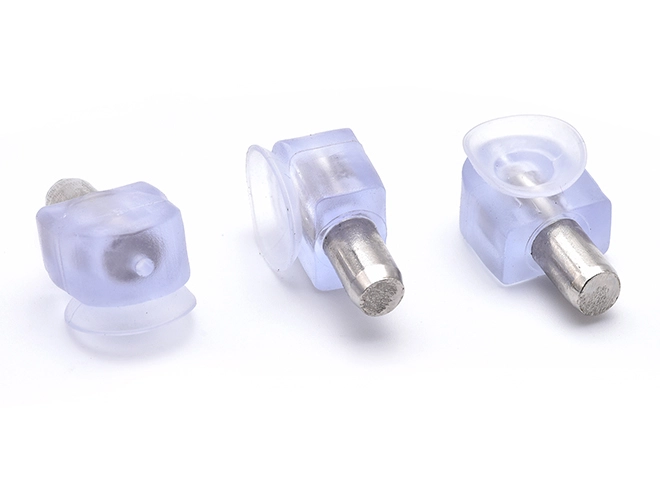 Dowel Pin+ Transparent Elephant Rubber Sleeve
Dowel Pin+ Transparent Elephant Rubber Sleeve
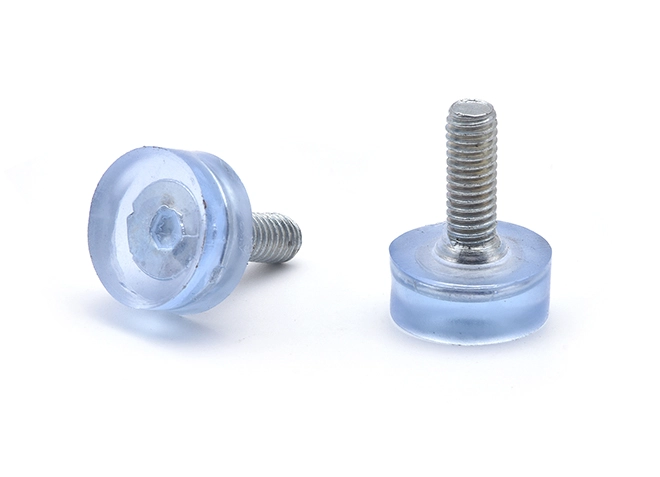 Injection Molded Furniture Foot Pad Screw
Injection Molded Furniture Foot Pad Screw
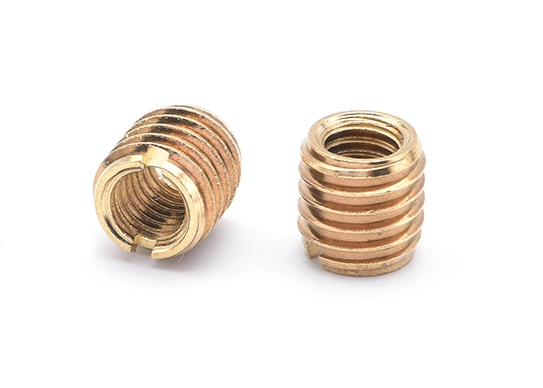


A Cross-threaded Internal-External Thread Copper Component is a specialized part featuring both internal and external threads that are intentionally misaligned. Made from high-quality copper, it offers superior conductivity and corrosion resistance. This component is used in applications requiring secure, vibration-resistant connections, such as in heavy machinery, automotive systems, and industrial equipment, ensuring durability and reliable performance under stress.
Dimensional Inspection: Use precision measurement tools, such as calipers, micrometers, and thread gauges, to verify the dimensions of the threaded components. This includes checking thread diameter, pitch, and length to ensure they meet specified tolerances and fit requirements.
Thread Profile Analysis: Inspect the thread profile using specialized tools like thread gauges or optical comparators to ensure the threads are accurately cut and conform to the desired specifications. This helps in achieving proper engagement and avoiding issues such as cross-threading or poor fit.
Material Testing: Perform tests to confirm the copper material's properties, including hardness, tensile strength, and chemical composition. This ensures that the material meets the required standards for durability and performance.
Surface Finish Evaluation: Assess the surface finish of the threaded components to detect any defects such as burrs, scratches, or other imperfections. Smooth and uniform surface finishes are important for proper threading and overall component performance.
Functional Testing: Test the threaded components in real-world conditions or simulated environments to evaluate their performance. This includes checking for ease of threading, resistance to wear, and overall functionality within assemblies.
Visual Inspection: Conduct thorough visual inspections to identify any visible defects or irregularities in the threaded components. This includes checking for defects such as cracks, deformations, or inconsistencies that could affect performance.
Torque and Load Testing: Measure the torque required to engage and disengage the threaded components to ensure they operate within specified limits. Load testing helps to verify that the components can withstand the forces and stresses they will encounter in their intended applications.
Compliance with Standards: Ensure that the threaded copper components meet relevant industry standards and specifications, such as ISO or ANSI standards. Compliance with these standards ensures that the components are suitable for their intended applications and meet quality requirements.
arron18129983931@gmail.com
arron18129983931@gmail.com
arron18129983931@gmail.com


